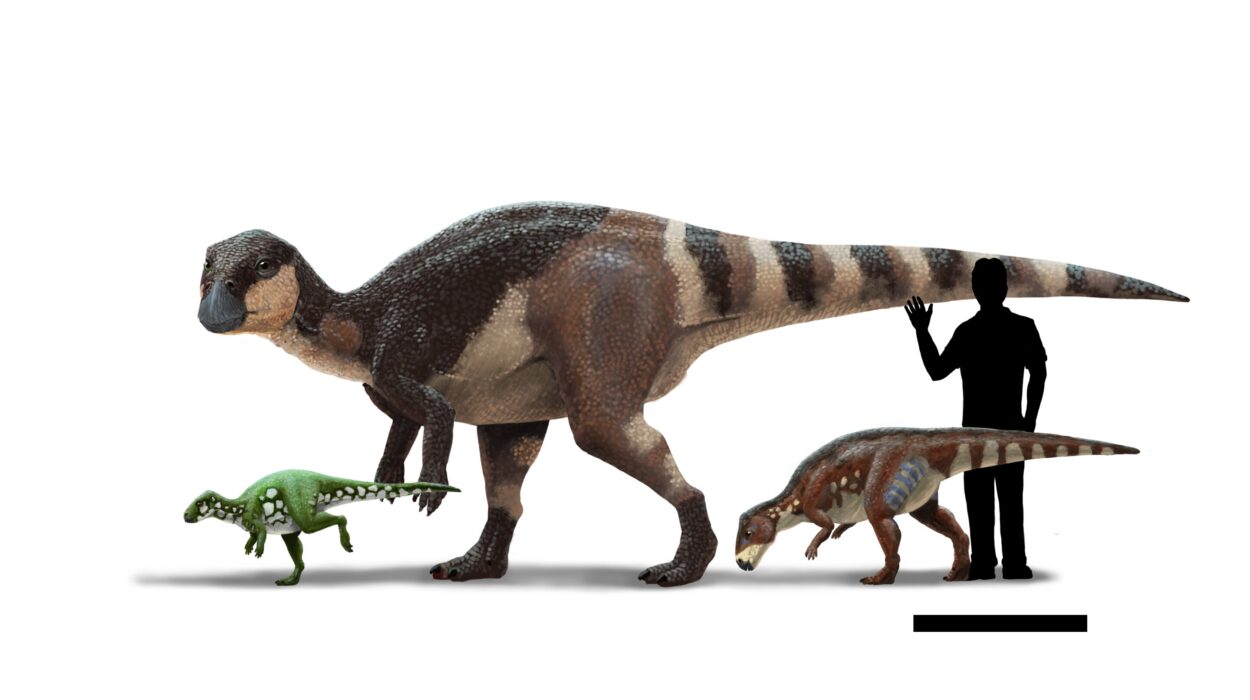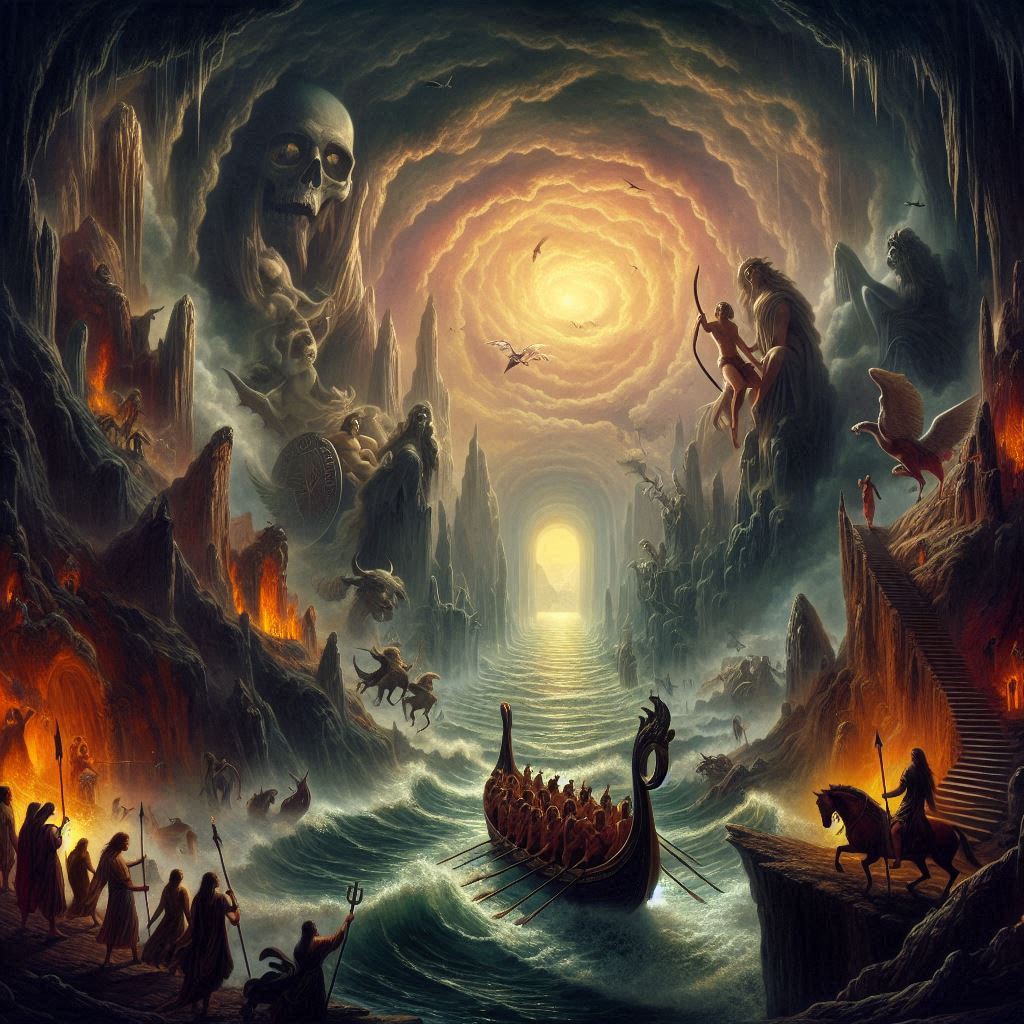While Tyrannosaurus Rex and Triceratops dominate our image of dinosaurs, a different story unfolded in Europe during their reign. During the Late Cretaceous, Europe was a vast archipelago, a network of islands teeming with unique dinosaur inhabitants.
One of the most prominent groups on these islands were the Rhabdodontids, a family of herbivores that ruled as the medium-sized plant-eaters of their time. A recent study published in Fossil Record by a joint European research team sheds new light on these fascinating, yet enigmatic dinosaurs.
Imagine a small to medium-sized dinosaur, roughly 2 to 6 meters long, with a stocky build. Powerful hind legs propelled them forward, while a long tail balanced their hefty bodies. Up front, a comparatively large, triangular skull housed strong jaws and a pointed beak. This keratin-covered beak hints at their ability to process tough vegetation.
“These were likely bipedal herbivores, well-adapted to their island environment,” explains Felix Augustin, lead author of the study. Fossil evidence even suggests they may have been social creatures, with discoveries of multiple individuals of varying ages found together.
The rhabdodontids carved their niche earlier than their North American and Asian counterparts, evolving and thriving for millions of years. Interestingly, they seem to have met their demise earlier in Western Europe, potentially due to changes in their food source. However, they persisted in Eastern Europe, becoming some of the last non-avian dinosaurs before the Cretaceous mass extinction.
Their reign, however, was geographically restricted. Rhabdodontid fossils are exclusive to Late Cretaceous European rocks, making them endemic to this ancient archipelago. So far, paleontologists have identified nine distinct species across five European countries.
“The first rhabdodontid discovery dates back over 150 years, with the most recent species described just last year,” says Augustin. “Despite this long history, there’s so much we still don’t know.”
Much of our dinosaur knowledge is skewed towards North American and Asian finds. Europe’s Late Cretaceous dinosaur record is sparser, and a complete rhabdodontid skeleton remains elusive. Despite their abundance, key aspects like their precise body proportions, posture, and feeding habits are shrouded in mystery.
However, a new wave of research is underway. A collaborative effort is bringing together the wealth of recently discovered rhabdodontid fossils for a comprehensive study. Through this combined effort, scientists hope to unlock the secrets of these island giants, offering a more complete picture of their evolution and lifestyle.
Source: Pensoft Publishers










